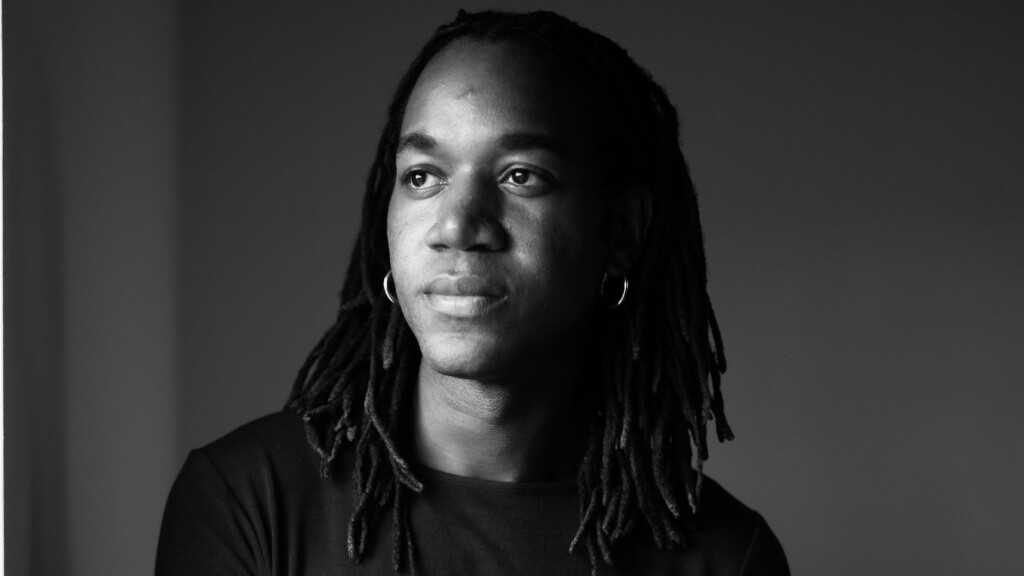Kenneth Nicholson is definitely a name to watch in the fashion world. His unique take on fashion represents more than just well-made clothing. His clothing, infused with clear elements of Black culture, has won him much acclaim across the fashion industry. We spoke with Nicholson about his life, inspirations, and experience working in the fashion industry.
The beginning of the decade has been dominated by two main things, COVID-19 and a huge reckoning with regard to race and Black lives. How has everything that has happened influenced your take on design?
I entered into the beginning of the decade with high hopes, thinking about the things I would like to accomplish and manifest. For me, like with anything else, there are situations that come against what you are trying to accomplish and COVID, specifically, was a big example of that. However, I saw it as an opportunity to just go for it and start creating something new. While what was going on was horrible and trying, it was also a good opportunity to have a personal and spiritual reset. This time has affirmed that it was the time for something new when it comes to design, and we should all put out what we really want to say.

Sometimes I think when things like what happened last year happen there tends to be a knee-jerk reaction in the best-case scenario, or no reaction at all (outside of the affected community) in the worst-case. This time I felt like there was a real shift in the ways that the conversation was being received outside of our community. This gave me a real sense of hope. Of course, you still have the people that only want to deploy the right language because, in today’s culture, people have a sixth sense to sniff out when you don’t even care to do that. But I think the fashion community, even though it doesn’t always get it right, has genuinely tried to engage this time, and I think the willingness to keep trying is valuable.
Have you felt tension regarding centering your experiences as a black person in your work within an industry that still struggles with diversity and inclusion?
I wouldn’t say that there has been tension regarding how my work is received. I can say that there has been a sharp and keen interest in learning more about my experiences though. For example, when I put out the “From Grandmas Couch” collection, people wanted to know more about what inspired it. We subsequently put out a video, which spoke to ideas from that collection, which was well-received. I think my work has sparked a lot of interest in learning, and the questions that come from that seem genuine.

At the end of 2020, we saw a large number of Black designers nominated for (and subsequently win) CFDA awards. As you were nominated for Emerging Designer of the Year, what impact do you feel these nominations and wins have on the culture?
When I was in high school and following all the designers of the time, wanting someday to be a part of that community, I did not see myself reflected in a lot of what I saw. In my personal experience, having been nominated, it was a huge honor and one of the highlights of my career; the CFDA has shown a keen interest in my career and they have been amazingly supportive, for which I am very grateful. I absolutely think it shows a move forward and unlike when I was growing up when I am in fashion spaces today, I feel like people are truly wanting collaboration. I also think it is important because now kids coming up can actually see themselves in us, which impacts the culture in a positive way.
Can you tell us about the latest collection you are working on and the inspiration behind it?
The time we have been in has been a dozy, to say the least, but it has really given me a space to pause and create what I want and to run toward the challenge. It has allowed me to continue to develop my own design language. I am currently working on a collection with a focus on the body and putting shapes around the male body specifically – how do we incorporate interesting silhouettes, focused on the male body, into the clothes. What I mean by this is, there have been these great fashion houses that have created silhouettes for women that have stood the test of time and I’ve been meditating on that and how I can do that for men. The thing is, I am really hard on myself when it comes to the work that I do and out of 100 things there may be only a few where I am like yes, that works.
This year you also premiered a capsule collection with Depop; can you tell us more about this partnership?
I was approached by Depop to do a collaboration, which was exciting. Depop has been a leader in the conversation around sustainability in a real way and their platform has become a hub for people that really enjoy fashion. I referenced my experience in bootcamp, and we used a color palette that incorporated a militaristic feel while remaining joyful. The silhouettes I created for the collection remained stable and I aimed to keep the craftsmanship as high as my mainline.

Are there any other projects you have coming up to let our readers know about?
I am actually currently working on a project that is really cool, but I can’t say much about it. However, it is with someone I have worked with in the past, and I am working on strengthening that relationship. There is also another project I am super excited about that I also can’t talk much about. However, I have always found love in theater – John Galliano was one of my favorite designers because of his theatrical presentations – so I am always excited to work within artistic spaces like the ballet or the opera.
What impact do you wish to have on the culture through your brand?
So here is a little background to help answer this. The reason why I went into the Navy is because I did not have the means to become a designer in the traditional way, like going to an expensive art school or something like that. This speaks to an abnormal compulsion to design clothes – I endured the military to have access to the space I sit in now. In bootcamp, you have these training sessions and one afternoon my division and a neighboring division went to the chapel for something, and a petty officer was talking and asking us about our goals. In that moment, as a deeply spiritual person, I raised my hand and stood up, I stood in my truth and said, ‘I want to be one of the best designers in the world.’ Mind you I was surrounded by ultra-masculine men with corresponding personalities. But in that moment, it became clear that that was why I was there and to purposely put my ultimate goals into the atmosphere.
It was important for me to say that in that space, confessing it in a chapel sort of like a conversation between God and myself. Having said all of that, I want to transform Kenneth Nicholson into a legacy house that is a pillar of the American fashion landscape. I want it to be around long after I am gone. God’s answer to me that day in the chapel continues to echo in my mind, all the way up to this interview right now. I am still continuing to practice standing in this space while also being authentic to myself, but to create quality work I know I have to be true to myself.
Check out our Culture Issue.





